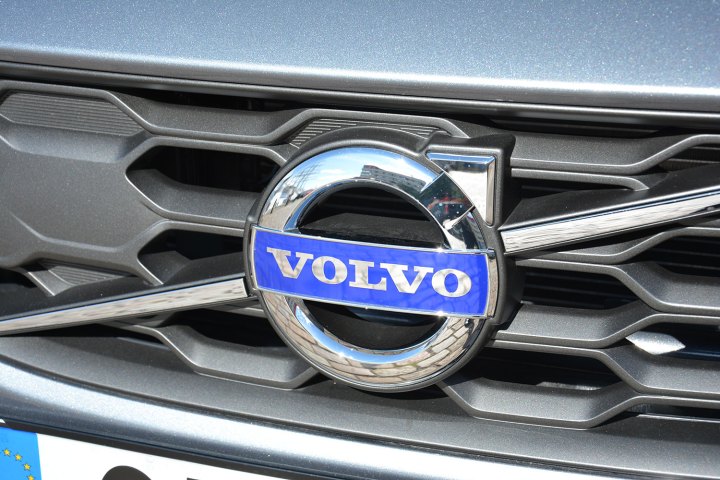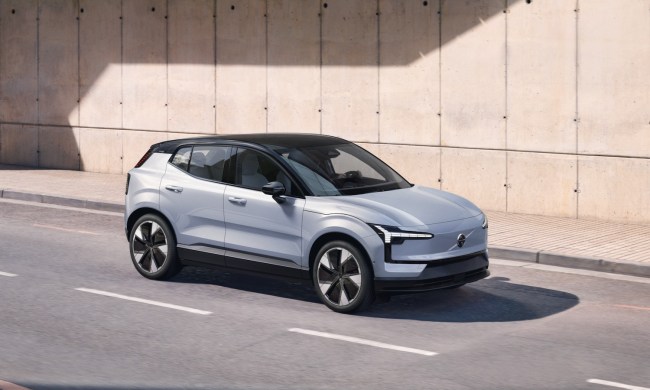
The new Compact Modular Architecture (CMA) will underpin future compact models globally, Volvo says. The first CMA-based models will launch in 2017, and from that point on all new Volvo models will be based on just two platforms. It’s all part of Volvo’s plan to replace all of its models over the next four years.
Volvo says the CMA and SPA platforms were developed simultaneously, with a similar emphasis on scalability and modularity, so that they will be able to accommodate as wide a variety of vehicle sizes and body styles as possible. This creates significant economies of scale that will help Volvo compete with larger carmakers in the breadth of models offered.
Cars based on the smaller CMA platform will share many components with their larger SPA-based counterparts, according to Volvo. That will include powertrains, infotainment tech, and safety systems. Volvo also claims the CMA platform was designed with plug-in hybrid powertrains in mind, and that it already has a version of its “Twin Engine” powertrain intended specifically for CMA.
Volvo isn’t ready to discuss which models will use CMA, but a replacement for the current Europe-only V40 hatchback would be logical. Volvo hasn’t offered a compact car in the U.S. for some time, and it’s unclear whether that will change with the introduction of CMA. The old S40 sedan and C30 hatch never seemed to win over consumers in the way Volvo’s larger models did.
Either way, expect more of the larger SPA-based models over the next few years. The redesigned 2016 XC90 is already in showrooms, and will soon be followed by the S90 full-size sedan.


